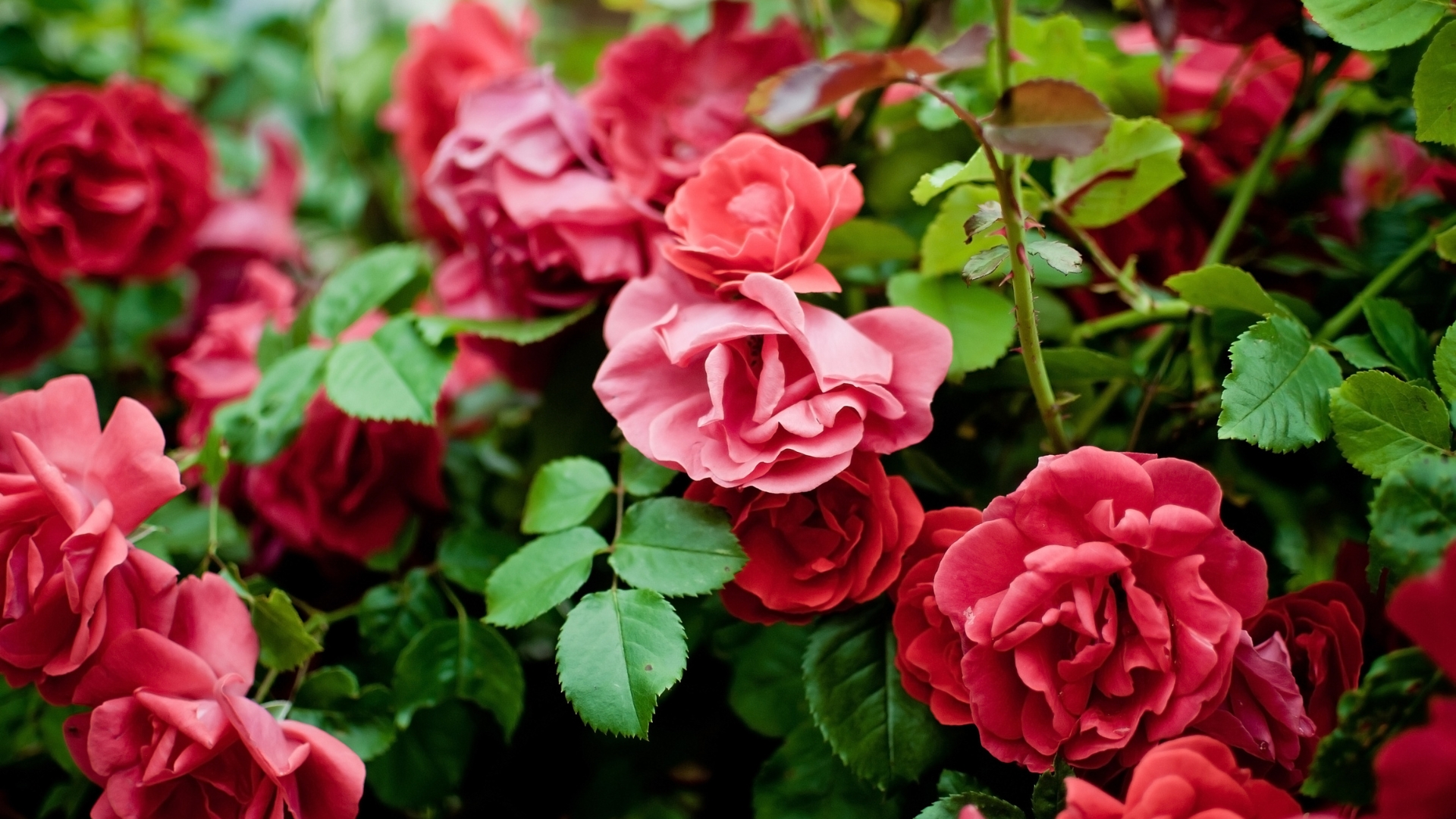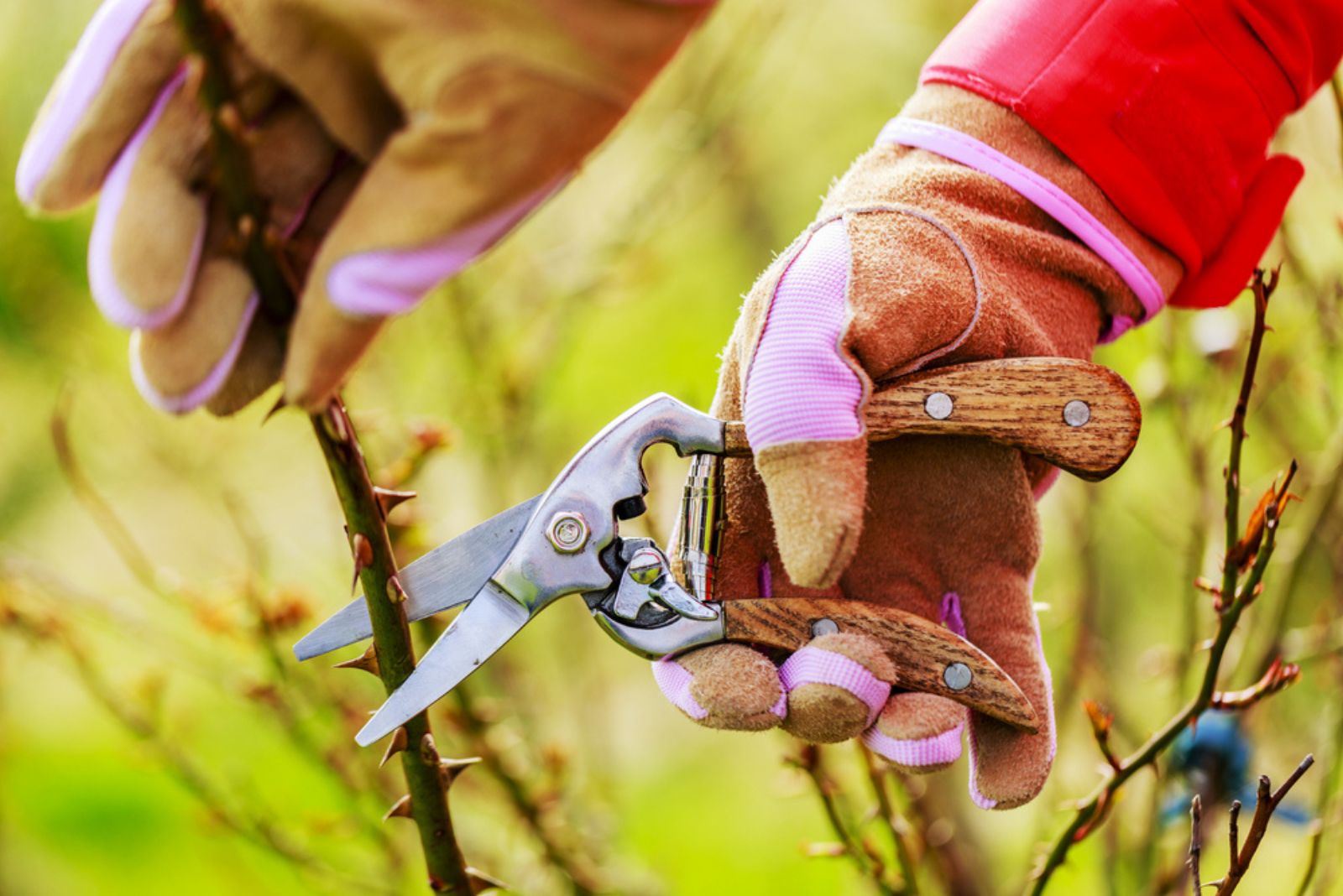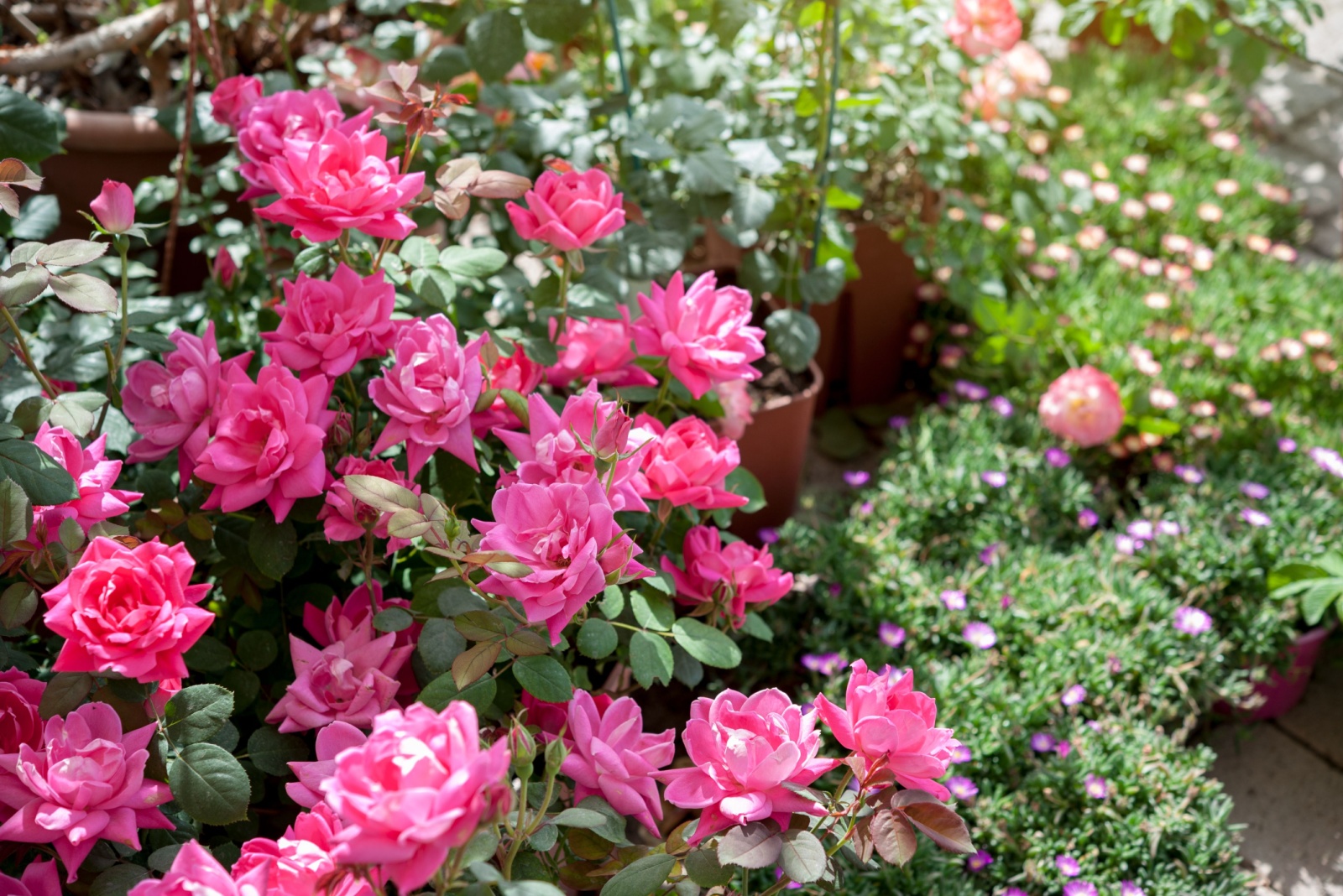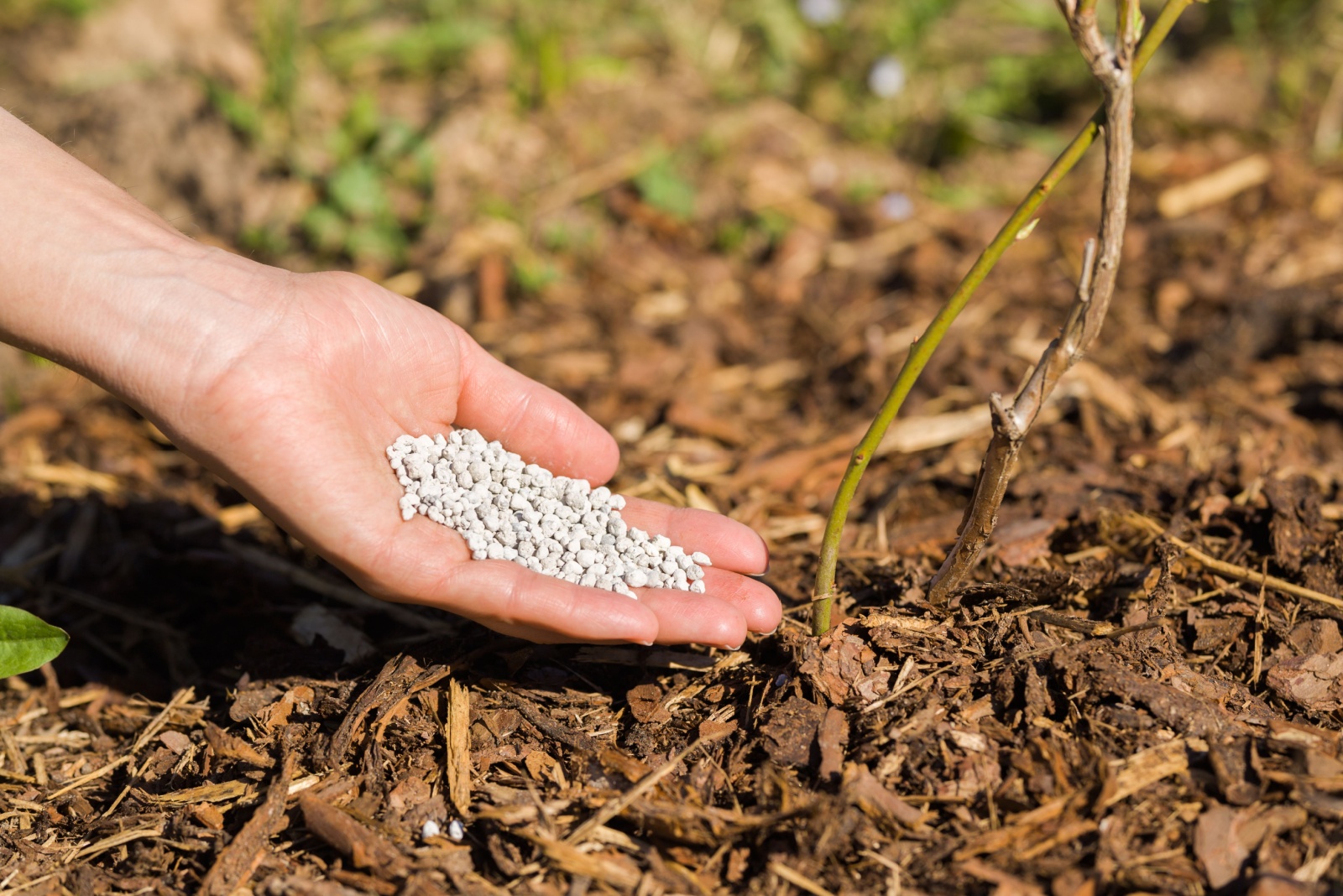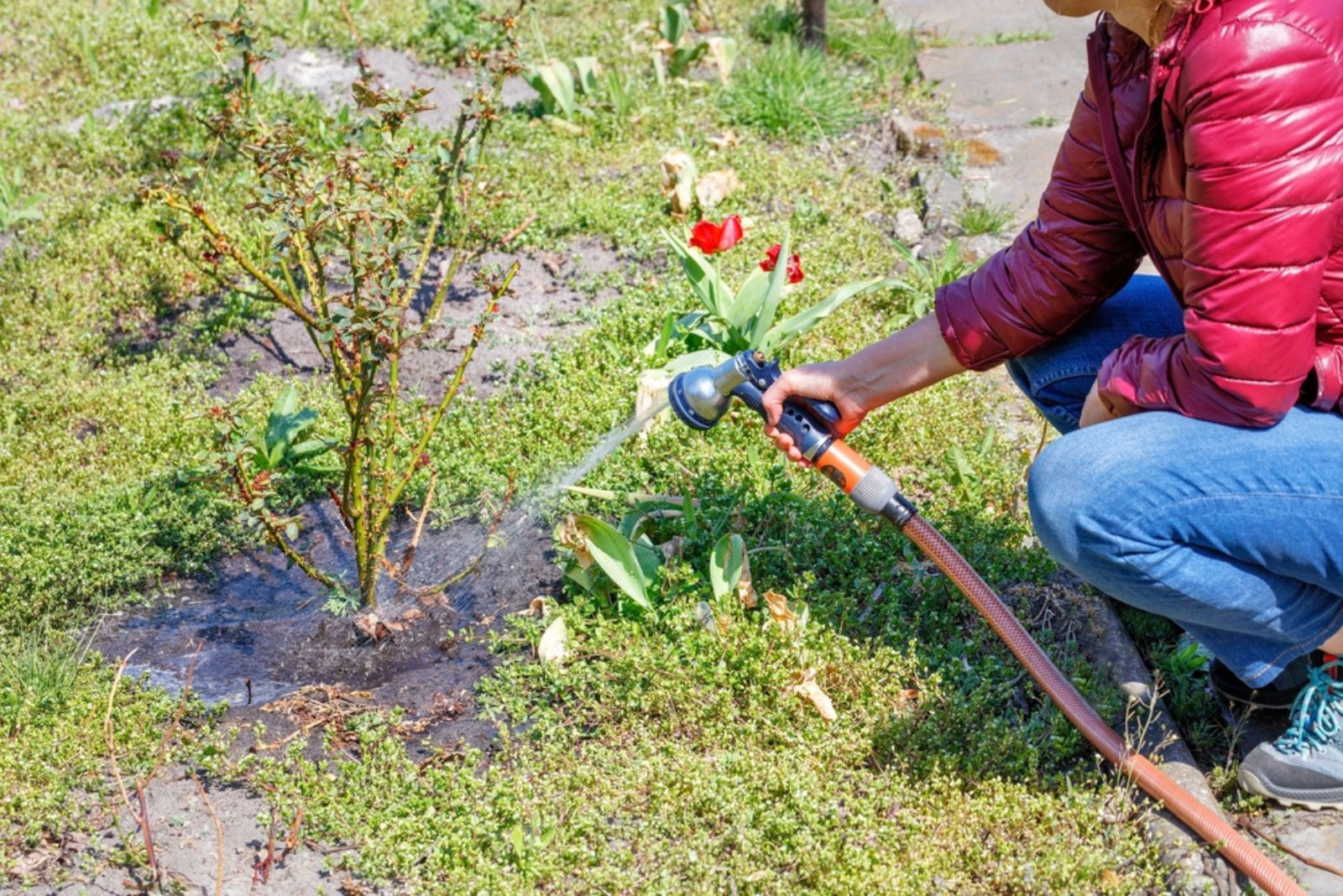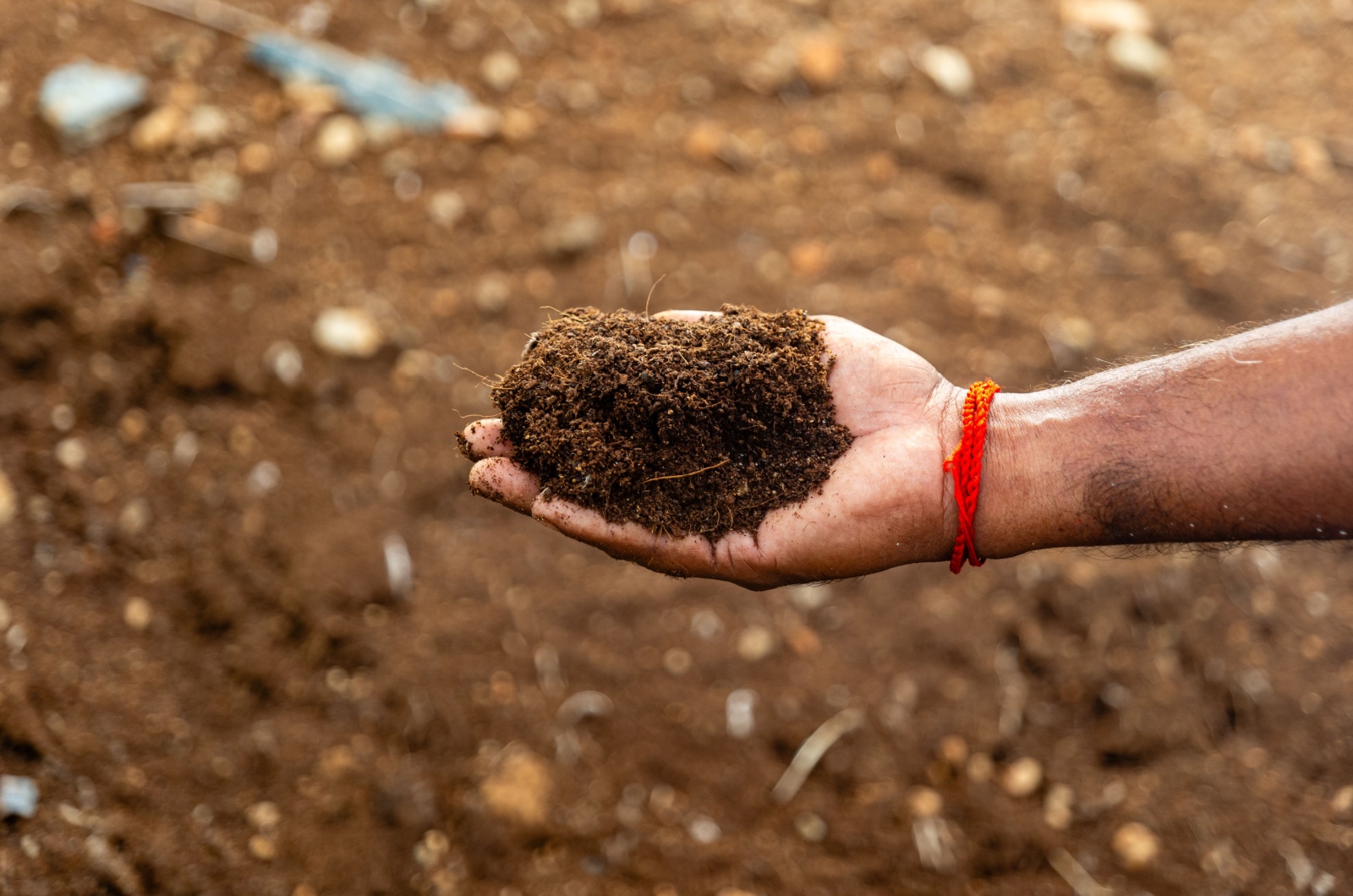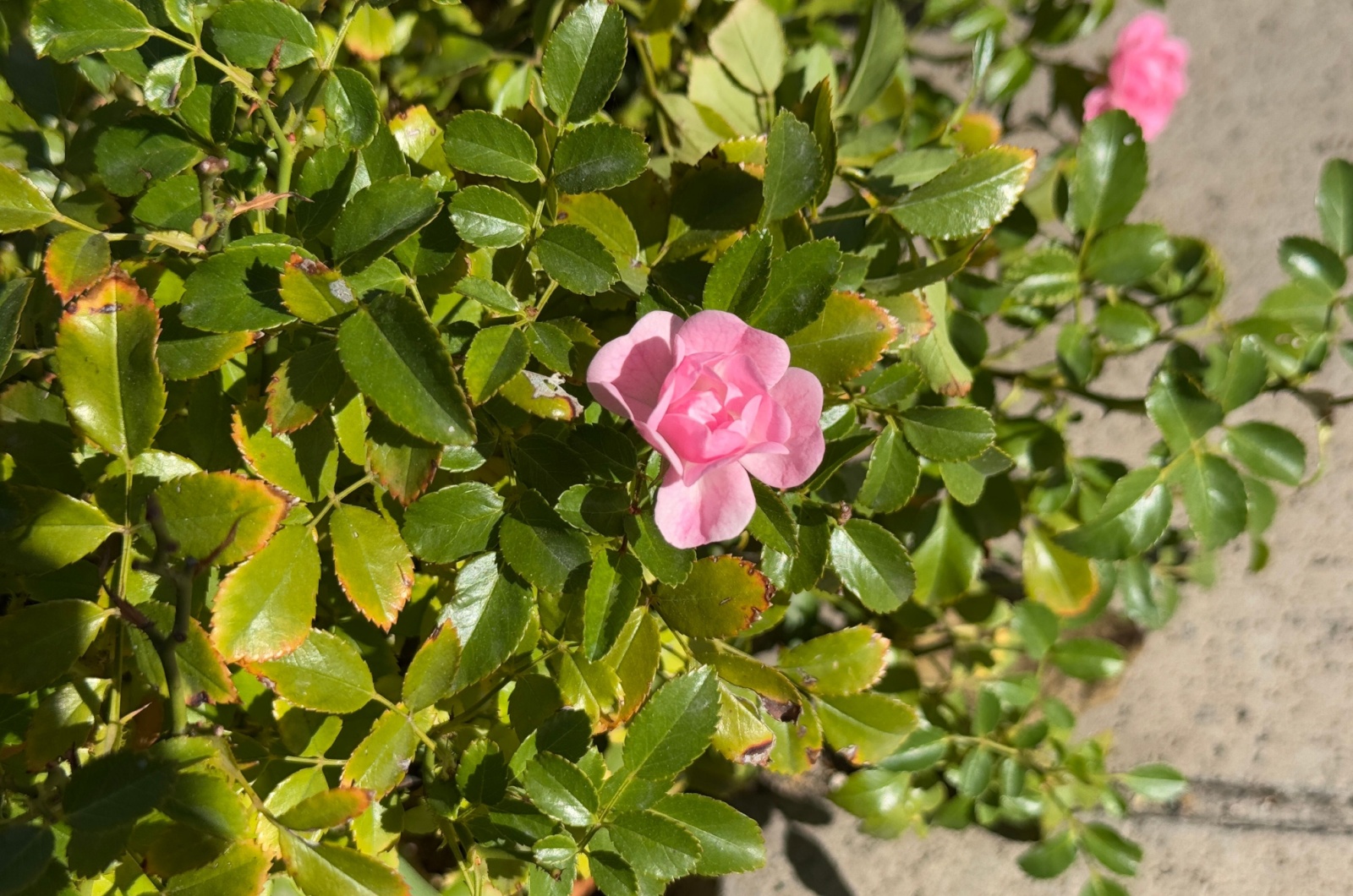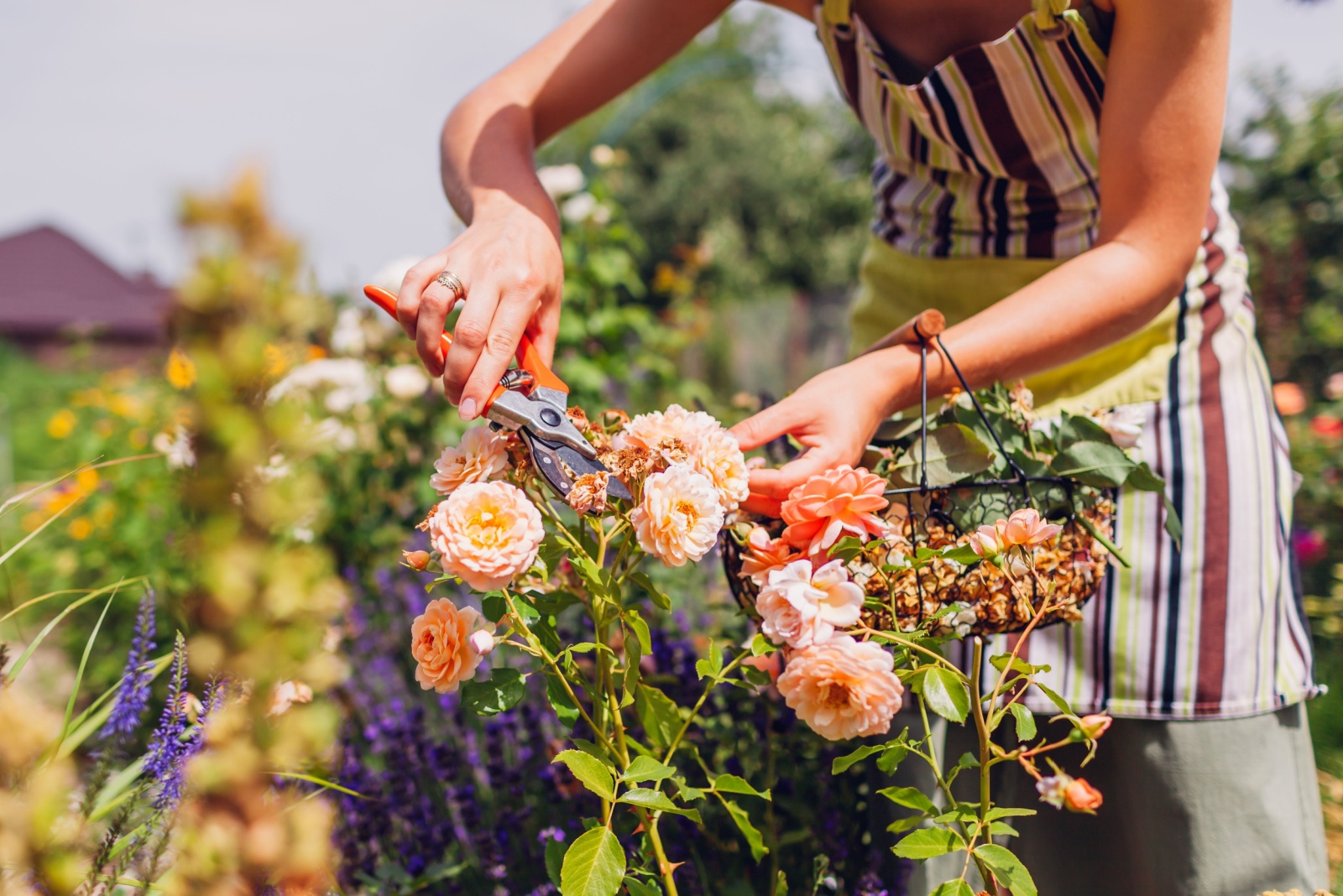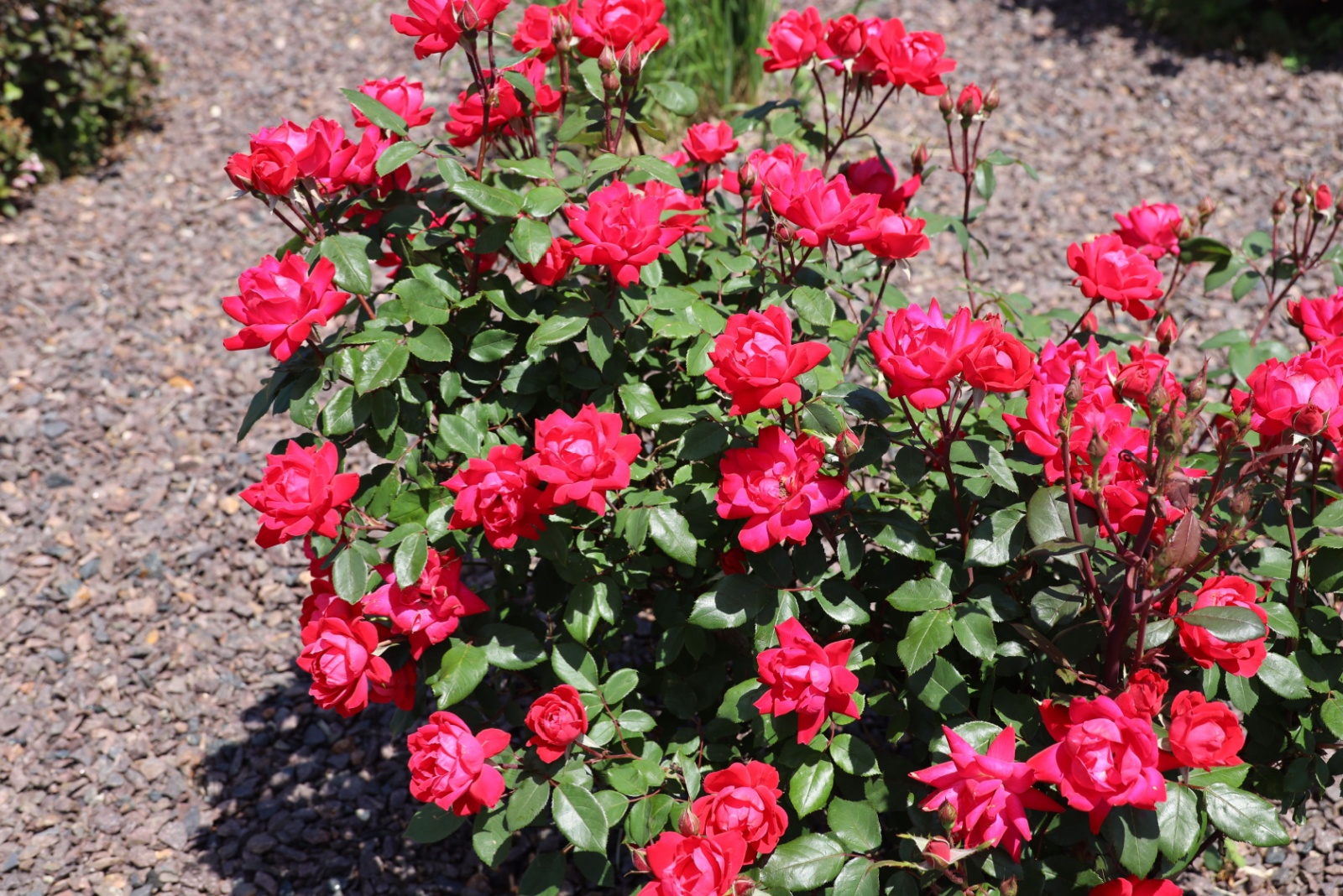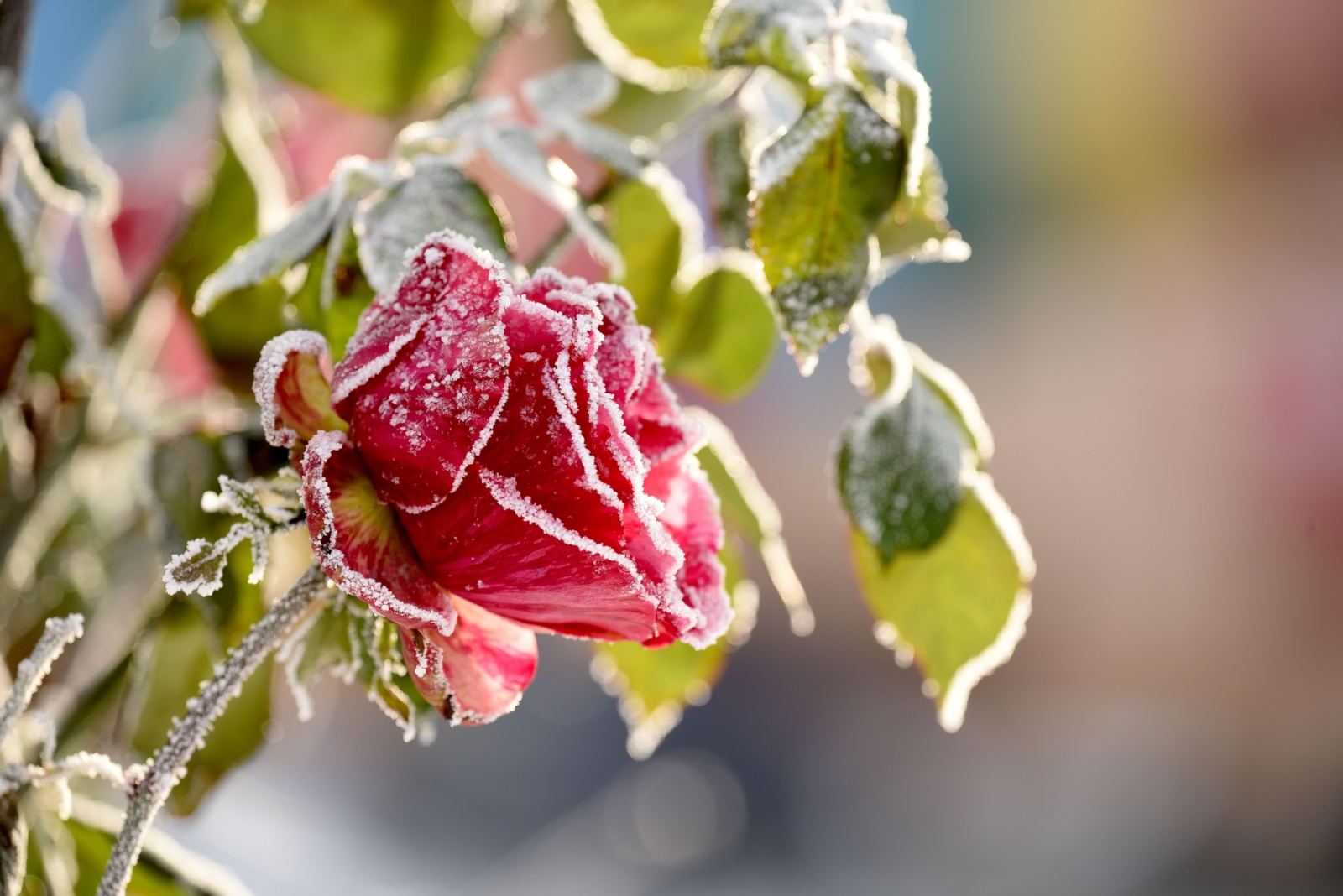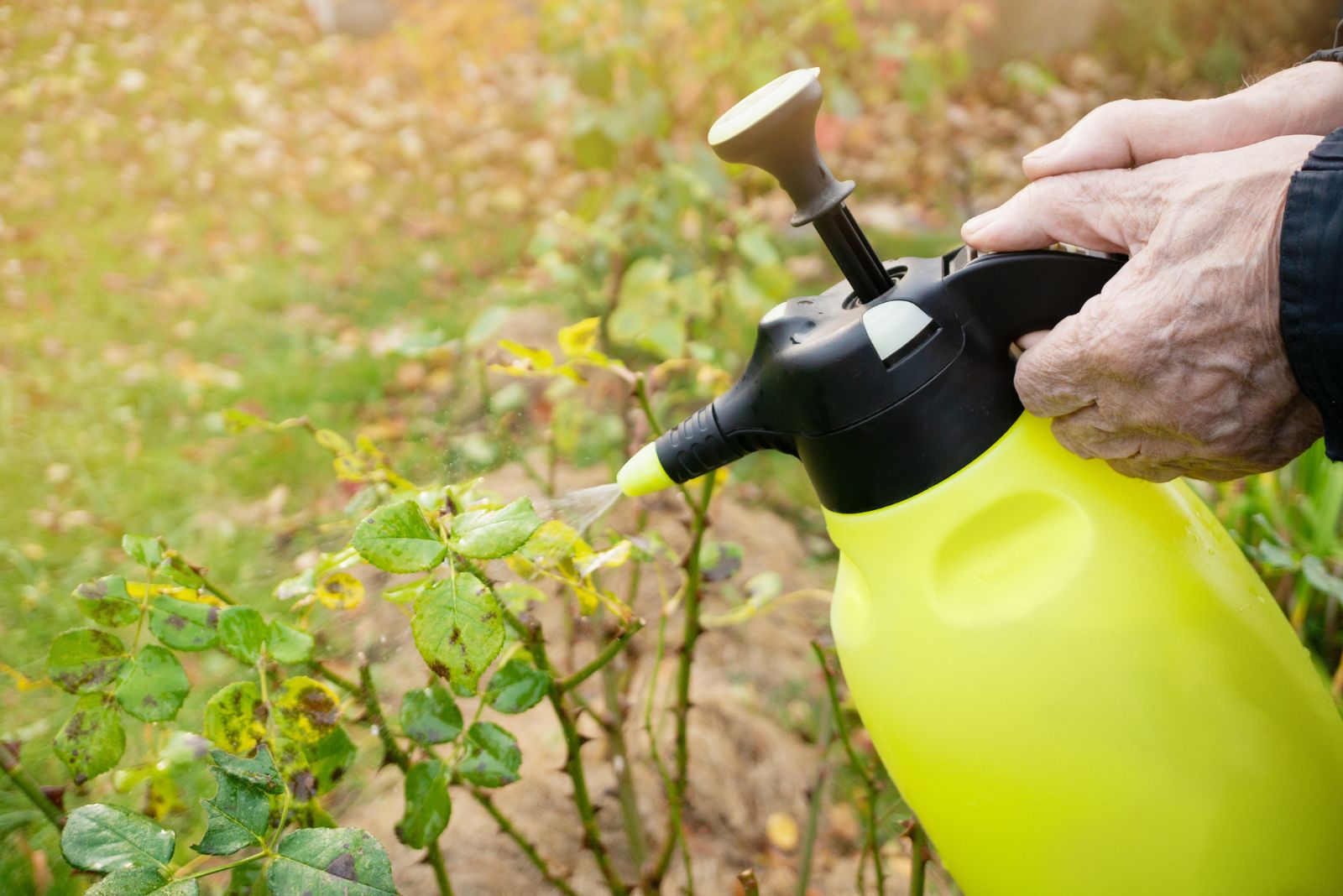Roses are one of the prettiest flowers that you can grow in your garden. While they are hardy plants that are not so difficult to grow, there are still some things that might affect their blooming.
Imagine how disappointed it would be to expect a lush flower display and end up with zero roses instead!
In this article, we are going to cover common reasons why your roses aren’t blooming and how to fix these issues. Stay tuned!
1. Bad Pruning Methods
Improper pruning can seriously affect flower production. Pruning at the wrong time or cutting too much can remove potential blooms and affect the plant’s growth.
First of all, you should let the roses grow and establish – this means that you shouldn’t prune them in the first three years of growth unless they are damaged or diseased.
However, you shouldn’t leave them unpruned either because this can lead to crowded bushes that struggle to produce new growth.
The right thing to do is wait for the roses to mature. The best time to prune them would be in early spring when the leaf nodes start swelling.
Always use clean pruning shears and cut above a leaf node. Remove any black canes or canes that grow towards the inside of the bush. Also get rid of any diseased or dead growth to prevent spreading the disease.
If you grow a rambler or any other once-blooming cultivar, make sure to prune them after blooming or you will end up with no roses at all.
Also read: The Rambling Rose Is The Easiest Variety To Grow
2. Poor Sunlight Exposure
Roses need abundant sunlight in order to thrive and produce flowers. While some varieties can tolerate a bit of shade, most rose varieties require about 6 to 8 hours of full sun exposure.
One of the most common rose growing mistakes is poor sunlight exposure. The ones that grow in shade will most likely be lanky and without flowers.
If your roses are in shade for most of the day, consider transplanting them to a sunnier place in your garden.
3. Fertilization Issues
We have already mentioned that roses are not needy plants to grow. This applies to fertilization as well. With roses, less is more. So, less fertilizer equals more blooms!
This is because fertilizers contain nitrogen that encourages leaf instead of flower production. When fertilizing, always look for one with a balanced NPK formula, such as 10-10-10.
Fertilizers are usually applied three times a year – first when roses leaf out during spring, then in mid-summer and early fall (about 6 weeks before frost).
You can also amend your soil with compost or mycorrhizal fungi to improve nutrient content, and add mulch to keep the soil cool and moist.
4. Not Watering Adequately
Roses need consistent and adequate watering, especially during dry spells. However, giving them too much water leads to soggy soil and root rot, a fungal disease that can completely ruin the plant.
On the other hand, not giving them enough water leads to dry roses that underperform. Watering their leaves should also be avoided because wet leaves attract a lot of nasty fungal diseases.
It’s best to water your roses thoroughly at the base of the plant. Wait for the soil to dry a bit in between watering sessions. Young roses might need more watering until they are established.
5. Poor Soil Quality
In order to get more rose blooms, you have to plant them in a high-quality soil that drains well. They grow the best in loamy soils with pH levels around 6.5. Don’t forget to add some compost or fertilizers to improve the soil’s fertility.
You might also consider planting some rose companion plants nearby – these will improve soil structure and also protect your roses from pesky pests and diseases.
6. Plant Diseases
Powdery mildew, black spot, and rust are common diseases that can leave you with wilted roses. These diseases usually appear as a result of overwatering, while others are spread by tiny mites, such as rose rosette virus.
Carefully inspect the plant and see if there are any signs of discomfort. Research the symptoms, identify the disease, and find the best way to cure it.
In most cases, neem oil or copper fungicides are used to treat plant diseases.
You can also prevent them by providing the best growing conditions – this means pruning to improve air flow, planting your roses in full sun, watering at the base, and growing some companions nearby.
7. Not Deadheading
One of the most common reasons why your roses aren’t blooming is because you did not deadhead the flowers. Deadheading is the process of removing faded or spent flowers from the plant.
If you don’t deadhead your roses, they may divert energy into producing seeds rather than new blooms. So, to make sure that they bloom the next season, simply cut spent flowers just above a leaflet.
This will signal your rose plant to produce more flowers. Stop doing this 6 to 8 weeks before frost so that they can get ready for dormancy in the winter.
If you are still not sure how to do it, please check out video How to Deadhead Roses
8. You Are Growing A New Plant
Newly planted roses focus on establishing their root systems over producing flowers. Most gardeners disbud their roses so that the plant can concentrate on growing strong roots and later on produce lush flowers.
You should be patient because most roses start producing flowers abundantly three years after planting. All you have to do is make sure that they are nice and comfortable. Don’t forget to water and prune your roses.
If you plan to grow roses, learn more about rose growing stages here.
9. Heatwaves Are Tough
Although they are hardy plants that love the sun, temperatures higher than 85 degrees Fahrenheit might damage your precious roses.
During hot periods, they can enter dormancy in order to conserve energy. Crispy brown and yellow leaves, wilting, and leaf drop are usually the signs of heat stress.
Providing shade and extra hydration during scorching weather can help roses cope with the heat. Adding a layer of mulch might also help to keep the soil cool.
If you live in a region with extremely hot summers, consider planting some heat-tolerant varieties. You can also fill your garden with other heat-tolerant perennials.
10. A Late Or Early Frost Might Be The Issue
Frost can damage tender rose buds, preventing them from opening into full blooms. If your roses experience a late spring frost or an early fall frost, it may disrupt the flowering cycle.
There are some ways that you can protect your roses from cold – for instance, you can cover them with burlap and add mulch around their bases.
In case of frost damage, prune off any parts that have been affected and prepare your roses for the upcoming winter. If you live in colder climates, opt for ones that can tolerate lower temperatures.
11. Pests Attacked Your Roses
You are not the only one that admires your roses – there are always some pesky pests lurking around, trying to munch on those delicate plants. The most common pests are thrips, mites, Japanese beetles, and aphids.
If the infestation is not severe, you can hand pick them or spray them with a hose. You can also use soapy water or neem oil to get rid of them naturally.
In case of a severe pest infestation, use pesticides to get rid of annoying pests. However, the best thing to do is prevent pests from infesting your plants.
This is easily done by simply providing your roses with the best growing conditions and keeping them healthy – this includes full sun exposure, moderate temperatures, and adequate watering.
Remember, healthy plants are less likely to get pest infestation!

